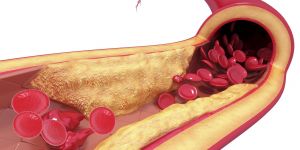
If left untreated, Peripheral Arterial Disease (PAD) can lead to some pretty serious consequences such as heart attack, stroke, gangrene, and even limb amputation. PAD can also be difficult to diagnose as it is often mistaken for something else. Health Conditions Related to PAD: Individuals suffering from PAD can also be afflicted with other health conditions. Coronary Artery Disease (CAD), for example, is the most common type of heart condition. It currently affects over 18
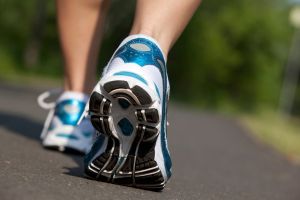
Are you suffering from chronic pain in your legs, feet, & ankles? If so, you may be suffering from Peripheral Artery Disease (PAD). This circulatory condition occurs when excess plaque buildup accumulates in the artery walls. It can cause leg pain, muscle cramps & cold feet. Peripheral artery disease is extremely common, affecting one in five patients over age 60. There are many ways to combat the effects associated with peripheral artery disease. Depending on
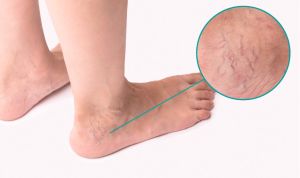
Varicose veins in the feet are bulging veins that run just beneath the surface of the skin. They are engorged, twisted, & typically dark blue in appearance. Varicose veins can be found anywhere on your body but occur most commonly in the legs & feet. While varicose veins do not usually warrant a cause for serious medical concern, they can be unsightly, uncomfortable, & a point of insecurity for you. Keep reading to learn more
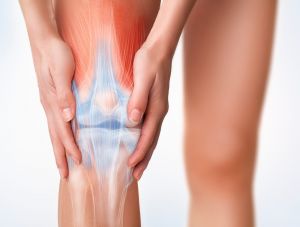
Are you living with the painful symptoms associated with osteoarthritis (OA) of the knee? You may have even tried to alleviate your discomfort with treatment methods like surgical procedures or medications to no avail. If so, a minimally invasive alternative treatment option available to combat osteoarthritis (OA) of the knee is genicular artery embolization. During this procedure, a vascular specialist redirects blood flow in the knee to alleviate painful symptoms. Genicular artery embolization is not

As women approach the height of their childbearing years, they may start to notice some unusual changes, such as heavy menstrual flow, increased menstrual cramping, abdominal pain, and difficult urination. If any of these symptoms are applicable to you, you may be experiencing Uterine Fibroids. In addition to all these other uncomfortable symptoms, you could also notice weight gain in your abdominal region. Can Uterine Fibroids cause weight gain? The answer is yes. Uterine Fibroids

Age-related health conditions are often inevitable, especially in men over the age of 50. Benign Prostatic Hyperplasia (BPH), for example, is seen in about 50% of men over 50-years-old and up to 90% of men over 80-years-old. Also referred to as enlarged prostate, BPH occurs when, as the name suggests, the prostate and its surrounding tissue expand. As the gland expands, it can squeeze the urethra and thicken the walls of the bladder. The bladder
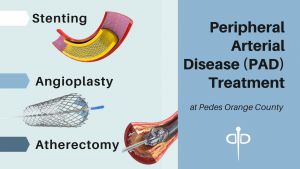
PAD Treatments Are you suffering from pain in your legs while you are walking? If so, you may have peripheral arterial disease, or PAD. One in every 20 Americans over the age of 50 are affected by PAD- making this condition extremely common, but treatable. Treatments for peripheral arterial disease can help to alleviate painful symptoms. Patients may experience leg pain, leg cramps, or foot ulcers. PAD treatment includes Bypass Grafting and an angiogram with
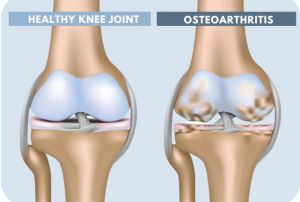
Osteoarthritis (OA) of the knee, also known as the “wear and tear disease,” currently affects over 10 million Americans. It is the most common form of arthritis as 1 in 2 adults will develop the condition at some point in their lifetime. The commonality of this condition makes minimally invasive treatment options a top priority. Here at Pedes Orange County, we offer an alternative to the typical treatment options for osteoarthritis of the knee: Genicular